11 min read
New Requirements in the 2022 California Title 24 for Retail Spaces
Dialectic Engineering
Jan 28, 2019 11:19:38 AM
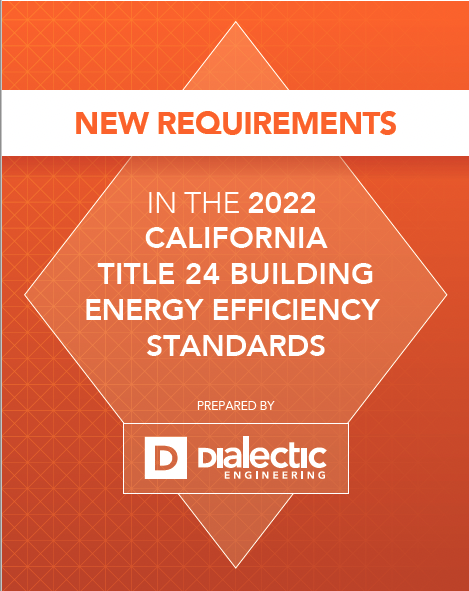
What's Inside?
- Key BEES Changes Impacting Construction Costs
- HVAC BEES Requirements
- Interior Lighting BEES Requirements
- Outdoor Lighting BEES Requirements
- Other Relevant Changes to BEES Requirements
- Conclusion
On January 1, 2023, the California 2022 Building Energy Efficiency Standards (BEES) became effective, replacing the 2019 version.
According to the California Energy Commission, “buildings produce a quarter of the state’s greenhouse gas (GHG) emissions, making homes and businesses a major factor in climate change”. Reducing greenhouse gas emissions and expanding building decarbonization is a key part of California’s climate strategy.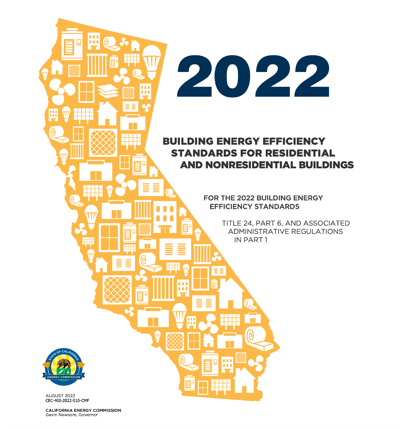
Key BEES Changes Impacting Construction Costs
The new standards focus on encouraging use of energy efficient heat pumps, making buildings “electric ready”, requiring solar photovoltaic and battery systems for select nonresidential building types, and strengthening building ventilation standards.
Several changes will have an impact on remodel and new-construction projects. These changes affect building envelope, HVAC systems, indoor lighting levels, lighting controls, and exterior lighting, and solar photovoltaic and energy storage systems.
The purpose of this paper is to identify changes that have the largest impact on construction costs so that our clients can appropriately plan for these changes.
Please Note: This paper is not a comprehensive analysis of all of the changes to the BEES. Rather, it is a guide to identify those items that we believe may cause the highest cost and/or largest fundamental changes to national client prototypes and standards. When appropriate, commentary on the effects for our clients is included.
Building Envelope BEES Requirements
Fenestration
Requirements for vertical glazing have become more stringent and are now climate zone dependent for fixed windows, curtainwalls, and storefronts. Fixed windows require maximum U-factor of 0.34 or 0.36 depending on climate zone, maximum relative solar heat gain coefficient of 0.22 or 0.25 depending on climate zone, and minimum visible transmittance continues to be the same at 0.42.
Demising Wall Insulation
There were no substantial changes to the requirements of demising wall insulation. Demising walls must be insulated to meet maximum U-factor of 0.099 for wood-framed walls, and maximum U-factor of 0.151 for metal-framed walls.
Demising walls constructed of brick, masonry units, or solid concrete are not required to be insulated.
Low-Slope Cool Roof
Minimum aged solar reflectance remains unchanged at 0.63 for new construction and alterations, or Solar Reflectance Index (SRI) of 75 in all climate zones.
The following Cool Roof Rating Council (CRRC) website can be used to identify manufacturers who have complying products.
Air Barrier Requirements
Prescriptive air barrier requirements have been expanded to all climate zones, and language has been added to require air barrier information in the construction documents.
Want commercial insights? Check out our blog:
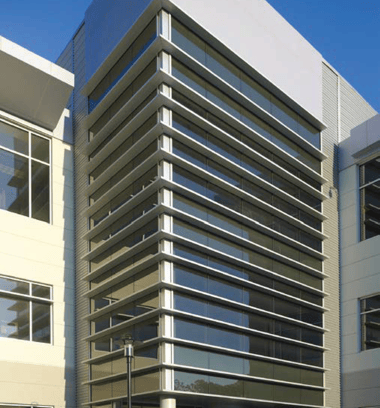
HVAC BEES Requirements
Single Zone Space Conditioning System Type
The 2022 BEES introduces a new requirement for single zone direct expansion space conditioning systems with rated cooling capacity of 240,000 Btu/h or less (20 tons). The requirements vary by climate zone and space type.
The main focus is to move the HVAC system type to heat pumps to help drive decarbonization of buildings.
- Retail and grocery buildings in Climate Zones 2-15 shall utilize heat pumps.
- Retail and grocery buildings in Climate Zones 1 and 16 with cooling capacity less than 65,000 Btu/h (5.4 tons) shall utilize air conditioner with furnace.
- Retail and grocery buildings in Climate Zones 1 and 16 with cooling capacity of 65,000 Btu/h (5.4 tons) and greater shall utilize dual-fuel heat pump.
- School buildings in Climate Zones 2-15 shall utilize heat pumps.
- School buildings in Climate Zones 1 and 16 shall utilize dual-fuel heat pumps.
- Office, financial institution, and library buildings located in Climate Zones 1-15 shall utilize heat pumps.
- Office, financial institution, and library buildings located in Climate Zone 16 with cooling capacity less than 65,000 Btu/h ª5.4 tons) shall utilize air conditioner with furnace.
- Office, financial institution, and library buildings located in Climate Zone 16 with cooling capacity of 65,000 Btu/h (5.4 tons) and greater shall utilize dual-fuel heat pumps.
- Office spaces in warehouses in all climate zones shall utilize heat pumps. There is an exception for heating systems that utilize recovered heat for space heating.
Prescriptive Threshold for Economizers
The economizer requirements for the 2022 BEES have been revised. The new standards require economizers on all units sized for 33,000 Btu/h (2.75 tons) and larger.
Economizer Fault Detection
Economizer Fault Detection and Diagnostics (FDD) continue to be mandatory for all newly installed, air-cooled, direct-expansion HVAC units equipped with economizers that have a capacity of 33,000 Btu/h (2.75 tons or greater).
Controllers shall be capable of displaying the value of each sensor and indicating status as follows:
- Free cooling available
- Economizer enabled
- Compressor enabled
- Heating enabled (if system is capable of heating)
Mixed-air low-limit cycle active
The FDD system shall detect the following faults:
- Air temperature sensor failure/fault
- Not economizing when it should
- Economizing when it should not
- Damper not modulating
- Excess outdoor air
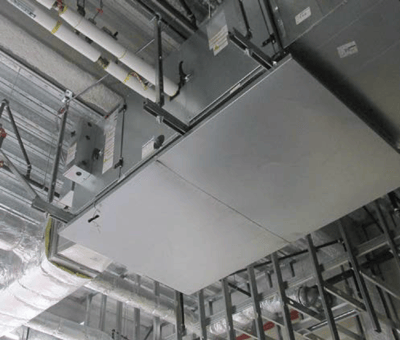
Modulating Cooling Capacity for HVAC Systems
Direct-expansion (DX) HVAC equipment is still required to have the capability to stage or modulate cooling capacity. DX units with a capacity greater than 65,000 Btu/h (5.4 tons) that control the capacity of the unit based on space temperature, must have minimum of two (2) stages of cooling.
In addition to staging the cooling, the supply fan air flow must also vary as a function of load meaning that as the cooling stages, the fan shall too. The supply fan on units with a capacity greater than 65,000 Btu/h, must have a minimum of two stages of fan control.
Fortunately, most of the major packaged rooftop unit manufacturers currently have equipment available that meet this requirement.
HVAC Equipment Efficiency
Minimum HVAC equipment efficiencies have increased incrementally. These efficiencies can be found in Table 110.2 of the BEES. In most cases the minimum Energy Efficiency Ratio (EER) has remained the same, but the minimum Integrated Energy Efficiency Ratio (IEER) has increased.
As an example, air cooled air conditioners between 65,000 Btu/h (5.4 tons) and 135,000 Btu/h (11.25 tons) have the same minimum EER as the previous standard at 11.2, but increased minimum IEER of 14.8, compared to 12.9 in the previous standard.
HVAC equipment efficiencies for air cooled Variable Refrigerant Flow (VRF) air conditioners have remained substantially the same between the 2019 and 2022 versions of the BEES.
DOAS Prescriptive Requirements
New prescriptive requirements were added for Dedicated Outdoor Air Systems (DOAS).
- New requirements added to regulate fan system power input for DOAS equipment.
- DOAS supply air is now required to be delivered directly to the occupied spaceor at the outlet ofterminal heating or cooling coils, and zone heating and cooling equipment fans, circulation pumps, and terminal unit fans must cycle off when there is no call for heating or cooling in the zone.
- DOAS supply and exhaust fans must have minimum of three speeds to allow for system balancing.
- DOAS systems with mechanical cooling providing ventilation to multiple zones and operating in conjunction with zone heating and cooling systems are not allowed to utilize heating or heat recovery to warm the air above 60 degrees F when building loads or outdoor air temperature indicates that most zones require cooling.
Air Filtration Requirements
The 2022 BEES keeps the requirement for minimum MERV 13 filters in HVAC systems. MERV 13 filters are available in standard 2-inch-thick filter sizes.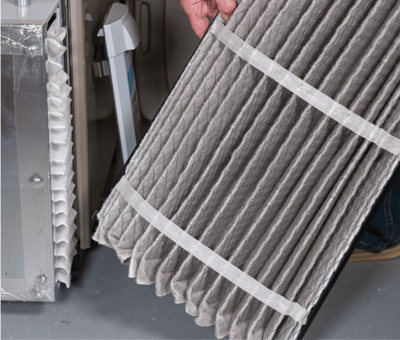
Optimum Start/Stop Controls
Demand responsive HVAC controls allow a signal from utility company to automatically adjust set points of the HVAC system during a demand response event. The 2022 BEES maintains the previous demand responsive control requirements:
- Controls must be capable of remotely increasing the operating cooling temperature set points by at least 4 degrees in all noncritical zones when a utility signal is received.
- Controls must be capable of remotely decreasing the operating heating temperature by at least 4 degrees in all noncritical zones when a utility signal is received.
- Controls must be able to remotely reset the temperatures in all noncritical zones to the original operating level when a utility signal is received once demand response even.
- Controls must be programmed to provide an adjustable rate of change for the temperature increase, decrease, and reset.
- Controls are required to have the following features:
- Disabled: Disabled by authorized facility operators.
- Manual Control: Manual control by authorized facility operators to allow adjustment of heating and cooling set points globally from a single point.
- Automatic Demand Shed Control: When a demand response signal is received, the HVAC system is required to conduct a centralized demand shed for noncritical zones during the demand response period.
Ductwork Construction
Ductwork construction requirements have been tightened to require all ductwork and plenums to be construction to meet SMACNA Seal Class “A”, and duct leakage testing is now mandatory.
Pipe Insulation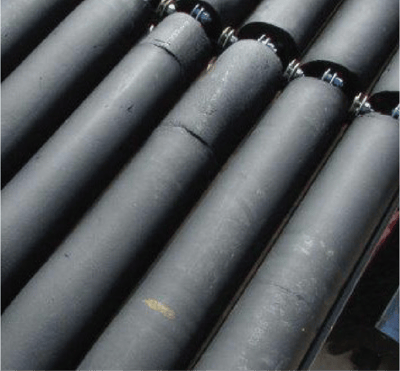
Pipe insulation requirements can be found in Table 120.3-A in the BEES. The required insulation values did not change between the 2091 and 2022 standard. The table includes pipe insulation thicknesses and R-Values for ranges of fluid temperatures.
The 2022 BEES added an exception for heat pump refrigerant vapor lines to provide minimum 0.5” thick or R-3.0 insulation, and no insulation on heat pump refrigerant liquid lines.
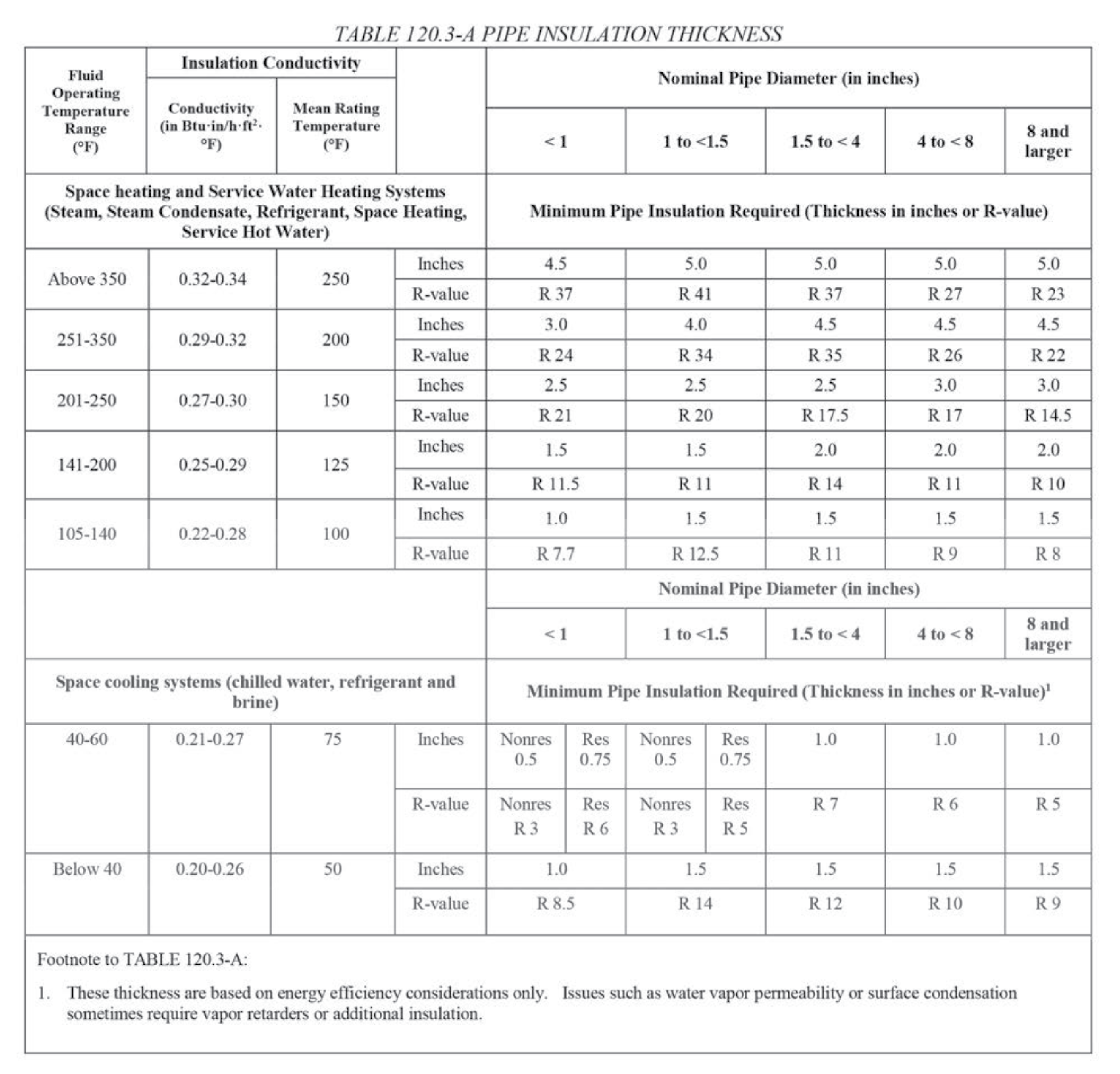
2022 Building Energy Efficiency Standards: Section 120.3 – Requirements for Pipe Insulation, Table 120.3-A
Pipe Insulation Thickness, page 173 – California Energy Commission. © 2022 State of California
Interior Lighting BEES Requirements
Lighting Power Density
The 2022 BEES allows for three (3) different calculation methods for buildings and spaces:
- Complete Building
- Tailored
- Area Category Method
Commercial and retail applications will most likely use either the Tailored or the Area Category Method. Within commercial and retail applications, typically the Tailored Method is better suited for smaller retailers, while the Area Category Method tends to produce more desirable results for large format retailers.
The 2022 BEES made minor adjustments to the Lighting Power Density (LPD) allowed for each space type. For the Area Category Method, the retail LPD was adjusted from 1.0 W/sf to 0.95 W/sf.
Additionally, fitting room LPD remains the same at 0.60 W/sf. Lighting power densities can be found in the 2022 BEES (Table 140.6-C for the Area Category Method, and Table 140.6-D for the Tailored Method.)
Track Lighting
Track lighting remains at 30 W/lf, or the rated wattage of all of the luminaires included in the system. For track lighting systems with current limiters, the wattage remains at the volt-ampere rating of the current limiter.
Automatic Daylight Controls
The 2022 BEES has several incremental revisions. The most important change is that automatic daylighting controls are now mandatory for secondary sidelit daylight zones.
Another significant change is for areas where the daylight illuminance is greater than 150 percent of the illuminance provided by the controlled lighting when no daylight is available, the controlled lighting power in the daylight zone must be reduced by minimum 90 percent. Previously the reduction was minimum 65 percent.
Manual Controls
The manual controls section remains very similar to that of the previous version of the BEES. Areas enclosed with ceiling height partitions must have manual controls that allow the end user to turn the lighting on and off.
Also, there must be separate controls for each lighting type within each area, such as general, display and ornamental. There continue to be exceptions allowing the controls for certain space types to be placed where the person using the controls can see the light or area controlled, or have a visual signal or display showing the current state of the controlled lighting.

Multilevel Controls
The multilevel controls section had minor rewrites compared to the 2019 BEES. Multilevel controls are required in areas 100 ft2 or larger, or that have an LPD greater than 0.5 W/ft2.
The number of lighting control steps vary depending on the type of lighting used. This can be found in Table 130.1-A in the standard.
Shut-off and Automatic Shut-Off
Shut-off control requirements did not change much between the 2022 and 2019 versions of the standard. Automatic shut-off controls are required to shut off lighting when spaces are unoccupied.
This can be accomplished in a variety of ways including occupant sensing controls, automatic time-switch controls, a signal from another building system, or some other controls capable of shutting off all of the lights.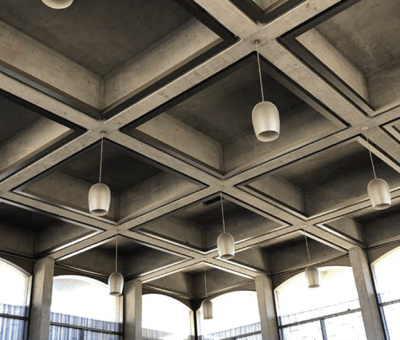
It also requires separate controls for the lighting on each floor, and separate controls for lighting in each room, with each control controlling a maximum of 5,000 ft² of lighting. Larger spaces will require separate 5,000 ft² control zones, except single-tenant retail spaces can increase the control zone size to a maximum of 20,000 ft².
If automatic time switch controls are used, other than occupant sensing controls, the system must incorporate automatic “holiday shut-off” that turns off the lights for at least 24 hours, and resumes normally scheduled operation.
There is an exception for retail stores, restaurants, and some other building types. Areas controlled by multilevel lighting controls and by occupant sensing controls that have automatic-on function, the controls shall have “partial-on” capability that activates only 50-70% of the controlled lighting power.
Demand-Responsive Lighting Control
This requirement applies to non-residential buildings with 4,000 watts or more of installed lighting power. Upon receiving a demandresponse signal from the utility company, the system must automatically provide a minimum 15% reduction in lighting power.
The demand response controls must control the general lighting, and can control additional lighting, and the general lighting level must be reduced in a way that maintains a uniform level of illumination.
Threshold for Lighting Alterations
The lighting alteration section has not changed much from the previous version of the standard. For lighting compliance, once 10% or more of luminaires are being altered, one of the following requirements must be met: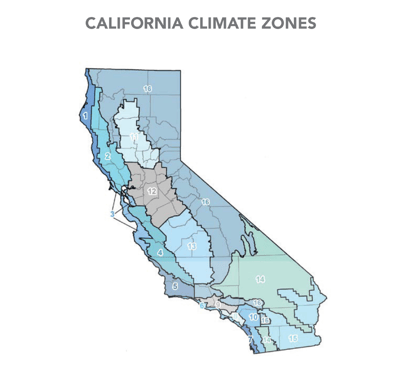
- Comply with the normal power and control requirements, or
- Do not exceed more than 80% of the normal power requirements and meet the typical control requirements, or
- For spaces where the building or tenant space does not exceed 5,000 square feet, one-for-one replacements are allowed if they do not exceed more than 40% of the pre-alteration lighting power and meet the lighting control requirements of the standard.
However, the exemptions for this include alterations that only replace luminaire ballast, lamps or drivers, and one-for-one replacement of up to 50 fixtures.
Prescriptive Requirements for Indoor Lighting
The prescriptive requirements for indoor lighting in the 2022 BEES are substantially the same as previous versions. This part of the standard covers how to calculate adjusted indoor lighting power, and how to calculate allowed indoor lighting power.

OUTDOOR LIGHTING BEES Requirements
Outdoor Lighting Control
Outdoor lighting control requirements haven’t changed much in the 2022 BEES. Fixtures mounted less than 24 feet above the ground must have a motion sensor or other controls that automatically control the lighting in response to the area being vacated by occupants.
The controls must be capable of reducing the lighting power of each light fixture by at least 50% but not exceeding 90% through scheduled unoccupied periods and when the space is unoccupied (motion sensing).
For automatic scheduling, controls must have at least two (2) nighttime periods that have independent lighting levels. This would require the automatic controls to work with motion-sensing controls or other means of dimming the lighting during unoccupied times.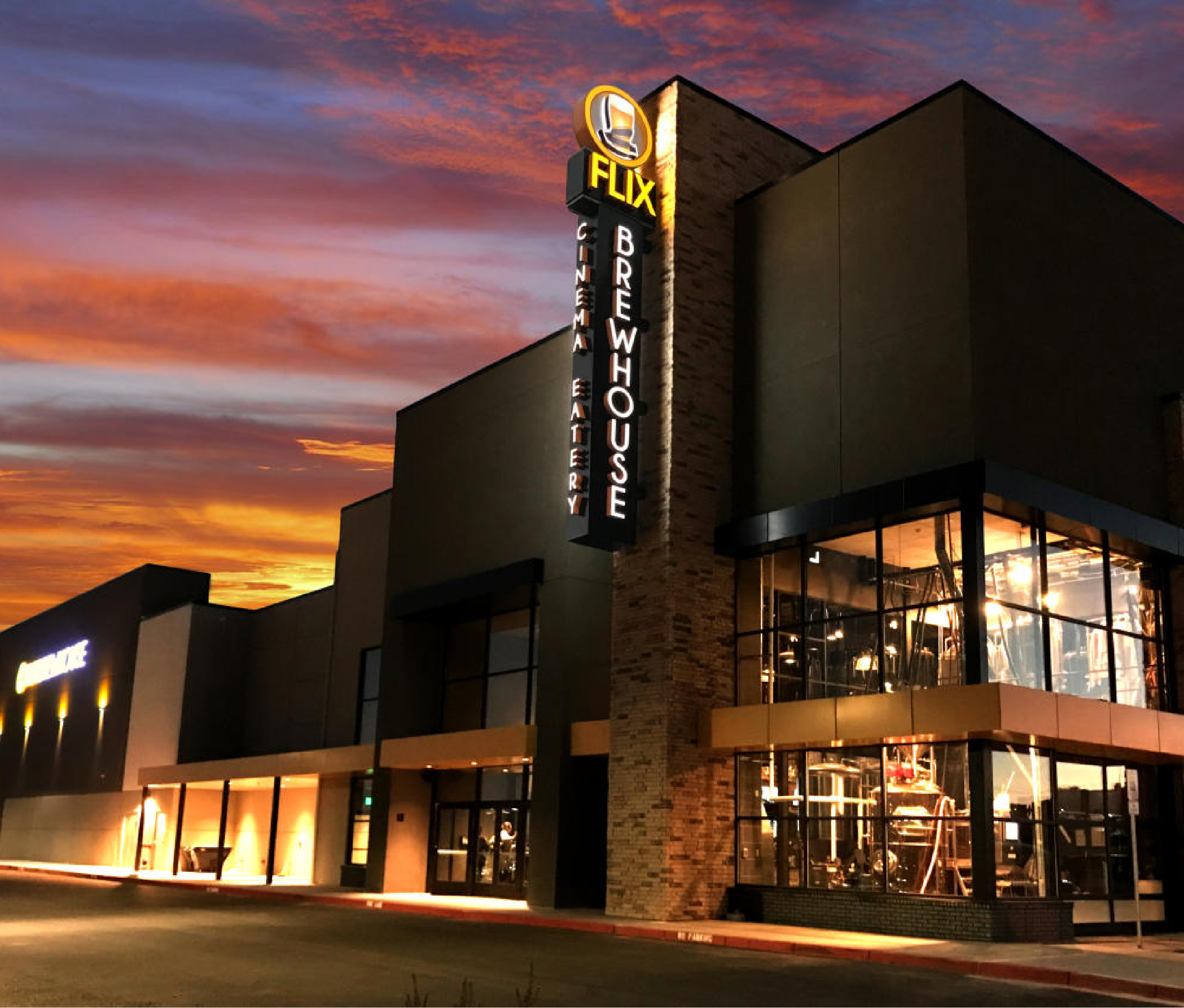
SUBSCRIBE FOR MORE
OTHER RELEVANT CHANGES to BEES REQUIREMENTS
Solar Readiness
The 2022 BEES continues to address the requirements for solar zones for new nonresidential buildings, and requires all nonresidential buildings with three habitable stories or fewer, not including healthcare facilities, to be solar-ready. The solar zone is defined as “an allocated space that is unshaded and free of obstructions.”
The solar zone can be located on the roof, overhang, roof of another structure located within 250 feet of the primary building, or above covered parking installed with the building project. The solar zone must be at least 15% of the total roof area after subtracting any area of the roof that is covered by a skylight.
The main electrical service panel must have a minimum busbar rating of 200 amps, and must have reserved space to allow for the installation of a double pole circuit breaker for a future solar electric installation, including permanent marking of the reserved space as “For Future Solar Electric.”
Photovoltiac and Battery Storage Systems
The 2022 BEES has a new section requiring photovoltaic (PV) and battery storage systems for newly constructed buildings of certain types, or mixed occupancy buildings that constitute at least 80 percent of the floor area of the building.
The new standards contain formulas that are dependent on conditioned floor area, climate zone, and space type to determine the minimum photovoltaic size and minimum battery storage capacity. The new solar power requirements includes grocery, office, restaurant, retail, schools, warehouse, and other building types.
There are several exceptions that may apply to certain projects.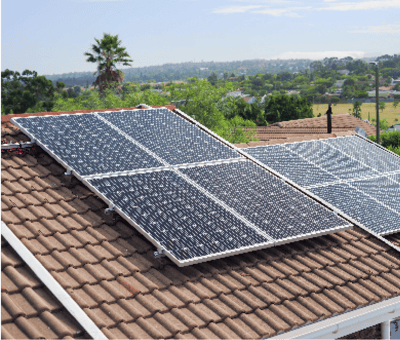
- No PV system is required if the total available solar access roof area is less than 3% of the floor area.
- No PV system is required when the PV system size would be less than 4 kWdc
- No PV system is required if the available solar access roof area is less than 80 square feet.
- No battery storage system is required if the battery storage system rated capacity would be less than 10 kWh.
- In Climate Zone 1, no battery storage system is required for offices, schools, and warehouses.
- There are additional exceptions that could apply in specific special cases.
Commissioning Requirements
Commissioning continues to be a requirement in the 2022 BEES. All nonresidential buildings and nonresidential spaces within mixed use occupancies 10,000 ft2 or greater, will require full commissioning. Commissioning includes the development of:
- Owner’s project requirements
- Basis of design
- Design review
- Commissioning plan
- Functional performance testing
- Documentation and training
- Final commissioning report
In addition, the commissioning measures are required to be shown in the construction documents. The costs of commissioning will vary depending on the size and complexity of the project. These costs have the potential to be substantial, especially since field work is a required part of the commissioning process.
CONCLUSION
The 2022 California Building Energy Efficiency Standards include several incremental changes on how commercial clients design and construct their buildings. The most significant change is the requirement for photovoltaic system with battery storage for newly constructed building.
Building codes now encompass both life safety and sustainable design. In addition to the 2022 BEES, the International Green Construction Code (IGCC) and ASHRAE Standard 90.1 are also driving a powerful transformation as they are adopted more widely by state, county, city, and local governments.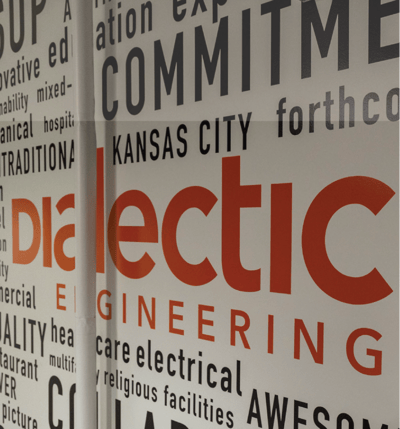
We encourage our clients to continue to adapt to these code changes and plan prototype changes as soon as possible. In the long term, these code changes will benefit owners in the form of reduced operating and maintenance costs.
Dialectic engineers have over 30 years of experience with federal, state and local codes and standards. This includes the California Title 24 standards.
If you have any questions about how 2022 BEES will affect your business or how to implement the new changes, Dialectic is here to help! To speak with an MEP specialist, call 816-997-9601.

